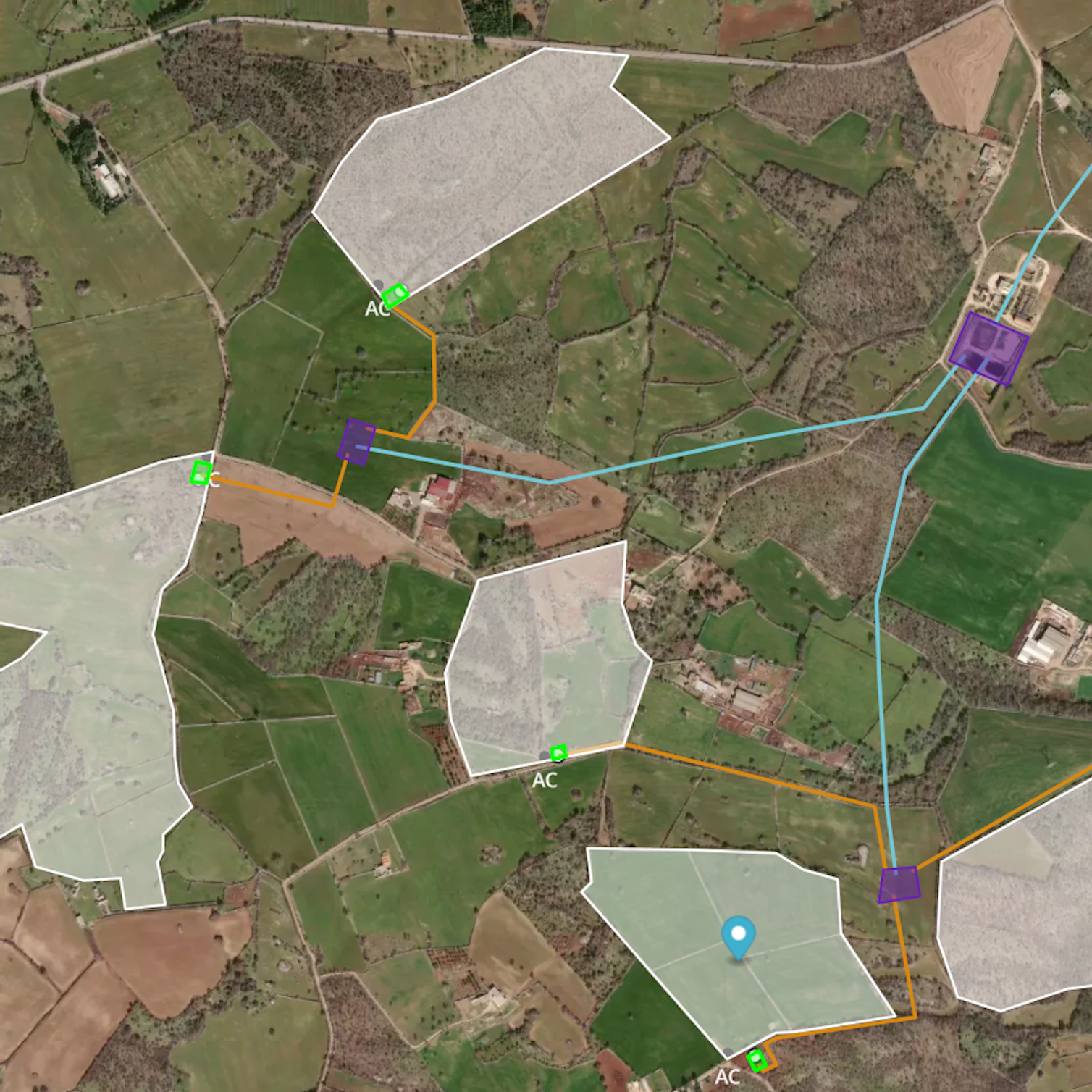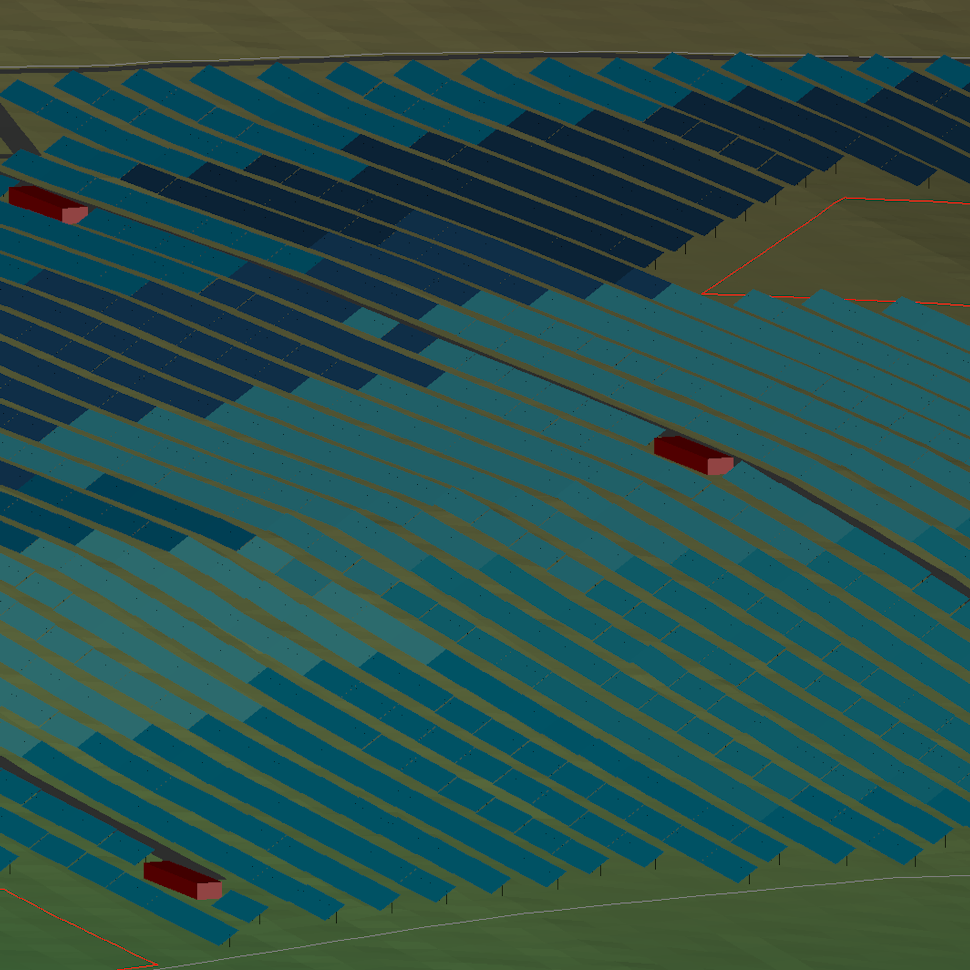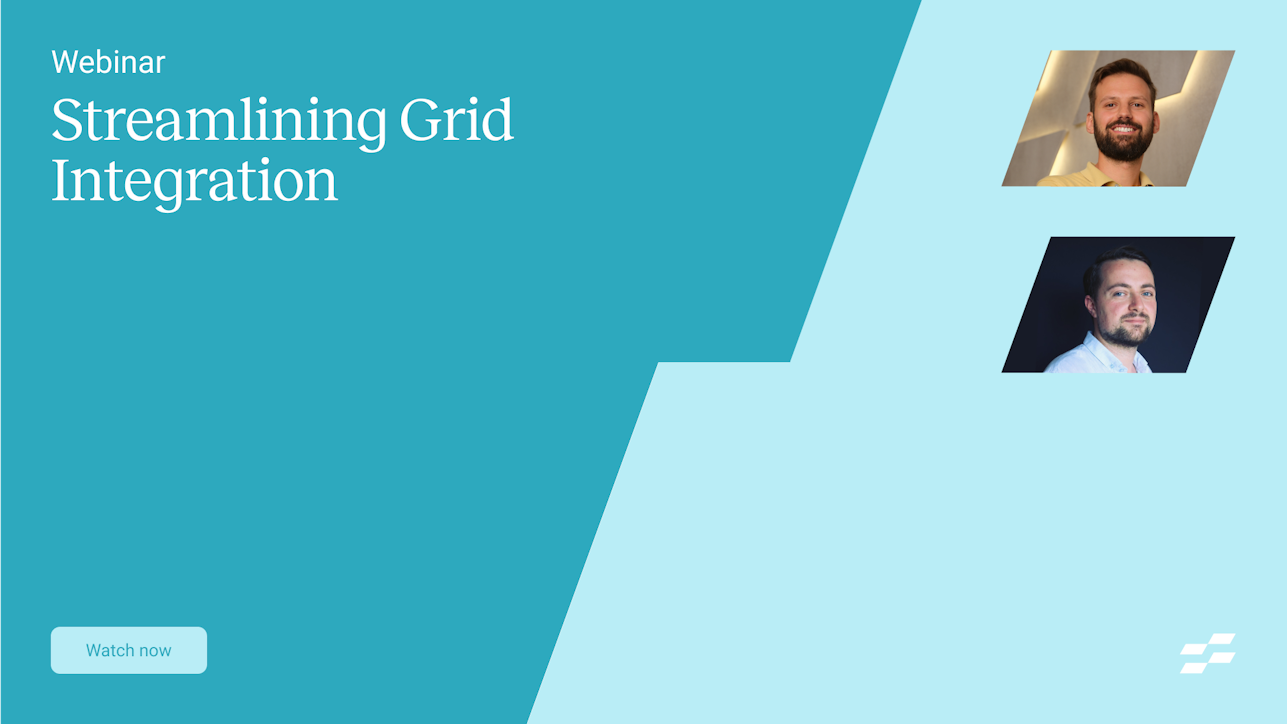- Solar energy blog
- Increase solar plant profitability with Flexible Interconnection Schema
Increase solar plant profitability with Flexible Interconnection Schema
Do you need PV design and engineering software that supports complex interconnection schemes? RatedPower can deliver.
We updated our software with Flexible Interconnection Schema (FIS) — a feature that lets you integrate multiple switching and breaking stations (SBS) and substations into your plant's evacuation design. Now you can strategically channel power from multiple solar sites to the grid, maximize your energy exports, and make your plant more profitable.
Let’s dive into the details.


Pascale Abou Moussa
Product Marketing Manager
Pascale is a marketing expert and Product Marketing Manager at Rated Power. With a background in Neuromarketing, she blends cognitive insights into her strategies. Passionate about understanding the customer needs, Pascale combines her expertise to make impactful contributions to the renewable energy sector.

Content
- Flexible Interconnection Schema at a glance
- Why did we introduce the Flexible Interconnection Schema?
- How RatedPower's Flexible Interconnection Schema helps increase your solar plant’s profitability
- Document changes - What to expect
- Flexible Interconnection Schema: Key takeaways
- Flexible Interconnection Schema FAQs
Flexible Interconnection Schema at a glance
RatedPower’s FIS feature gives you better control over your PV plant’s design. This allows you to:
-
Design custom interconnection systems with multiple SBSs, substations, and pooling substations.
-
Select from single, two-level, or three-level interconnection structures to match your project’s scale and complexity.
-
Adapt to complex site conditions and optimize plant layouts for maximum energy yield.
-
Quickly define project boundaries and electrical infrastructure using the interactive site creator or by importing existing data.
-
Minimize electrical losses, balance capacity, and assign dedicated facilities to specific areas to refine system performance.
Watch our webinar to learn exactly how to use FIS to increase the profitability of a project by efficiently distributing the capacity from several solar areas to the grid with RatedPower.
Why did we introduce the Flexible Interconnection Schema?
Utility-scale solar plants are often spread across different terrains with varying geographic constraints, making it harder to manage power flow and evacuation. Our internal data also shows that more than 30% of the sites mapped out using RatedPower, especially those that span multiple land parcels, could benefit from multiple interconnection options.
We developed the FIS to make RatedPower better at handling such requirements. With this update, you can enjoy even more design freedom to build systematic and commercially viable solar plants at any scale.
How RatedPower's Flexible Interconnection Schema helps increase your solar plant’s profitability
FIS gives you the tools to plan out more complex interconnections to manage power flow and grow your energy yield.
1. Design multiple interconnection facilities in minutes
FIS supports complex designs with multiple SBS and substation components. Use single, two-level, or three-level interconnection schemas to match your project’s complexity and scale. RatedPower’s user-friendly tools make it easy to define project boundaries and model electrical infrastructure so you can rapidly configure for maximum energy yield.
2. Control the evacuation capacities to the grid
With the FIS feature, you can strategically manage power flow across multiple interconnection points to minimize electrical losses and balance capacity. The software lets you adjust evacuation capacities based on real-time needs and grid conditions. With this holistic approach to power management, you can use every watt of solar power effectively and boost your solar plant’s revenue.
3. Tailor your power transmission infrastructure
FIS lets you include more than one overhead line in your design to optimize your evacuation strategy. Depending on what makes sense for your project, you can connect your power generation facilities to substations through multiple MV cables and/or overhead lines.
Let’s say you were designing a solar plant spanning multiple areas, each with its own SBS. FIS lets you determine if it’s more efficient to route power to these substations using MV cables and then transmit it to the grid via overhead lines. This feature allows you to model different routing options to enhance your plant’s power evacuation.
Note: We're actively developing support for high-voltage underground cables to enhance our software's capabilities and simplify the simulation and comparison of subsurface configurations in RatedPower.
4. Increase your project's reliability
FIS also lets you design a reliable system with multiple SBSs to protect against outages. These redundancies can help you maintain consistent energy production and protect your investment. And with the flexibility to configure multiple energy evacuation routes, you can optimize your plant’s operational resilience.

Document changes - What to expect
Some of the documents you can generate from RatedPower reflect the more complex power evacuation systems that can be designed with FIS.
Interconnection documents - You’ll receive a zip file containing detailed information for each facility and overhead line involved in your project.
Bill of quantities and financial analysis - These documents include additional details for each facility and overhead lines and new entries for pooling substations.
Cable listings, power flow models, and layouts - These documents reflect the more complex system, including all facilities and connections.
Single-line diagrams (SLDs) - To clearly illustrate the power flow, you'll access detailed information to SLDs showing connections to switching stations.
Flexible Interconnection Schema: Key takeaways
Break free from the constraints of a single interconnection point with RatedPower’s Flexible Interconnection Schema. With this feature, you can tailor your grid feed-in point to boost energy output and reduce costs.
Flexible Interconnection Schema FAQs
Is it possible to group low-voltage areas to share a single power station?
Absolutely. RatedPower allows you to group low-voltage areas for efficient power management and distribution.
Can I customize power factor requirements?
Yes. You have precise control over power factor requirements at any point in the interconnection system. The slider feature makes it easy to optimize inverter performance and meet grid standards to reduce the risk of penalties from non-compliance and keep your system operating within the optimal safety and performance range.
Latest stories
Related posts
Product and corporate updates
Enverus’ Solar ROI calculator: assess PV plant’s profitability
Find out how much you could save by integrating Enverus tools into your solar design workflow, as we explain how our solar ROI calculator works.
Updated 5 AUG, 25

Product and corporate updates
Exploring the RatedPower CAD import tool
Discover the RatedPower CAD import tool, an intuitive and time-saving feature that directly integrates DWG CAD files and shapefiles into our platform.
Updated 17 JUN, 25

Product and corporate updates
Discover RatedPower’s Layout Editor
RatedPower’s Layout Editor combines precision, automation, and instant feedback to create a financially and commercially viable layout for a PV plant.
Updated 6 MAY, 25

- RatedPower
- Solar energy blog
- Increase solar plant profitability with Flexible Interconnection Schema
 Watch a demo
Watch a demo Ask our AI Product Expert
Ask our AI Product Expert